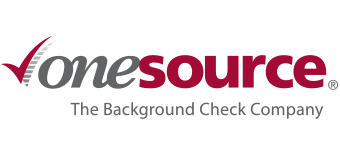3 DIFFERENCES BETWEEN EMPLOYMENT SCREENING AND TENANT SCREENING
Tenant screening is a process used primarily by residential landlords and property managers to evaluate prospective tenants. Tenant screening assesses the likelihood the tenant will fulfill the terms of the lease or rental agreement and will also take great care of the rental property in question. The process culminates in a decision as to whether to approve the applicant, approve the applicant conditionally (such as requiring an increased deposit or cosigner) or deny tenancy. (Source: Wikipedia)
The NAPBS recently posted about the differences between employment screening and tenant screening:
1. Disclosure.
Unlike employment screening, tenant screening applications do not need to have a separate, standalone disclosure. While the authorization/file disclosure is still required, it may be incorporated within the application to rent.
2. Ban The Box.
Laws limiting when/if an employer may permissibly ask about an individual’s criminal history, have primarily focused on the employment application. Legislators are beginning to propose legislation that would bring this trend into the tenant screening profession.
3. Adverse Action Notification.
Tenant screening does not require pre-adverse action notices — a requirement for employment screening.
There is no harm if the landlord follows the disclosure and pre-adverse action, however, it is not required.
One Source Tenant Screening solutions make screening applicants easy and seamless. Once in the system, simply log in to your account. You can order as many tenant screens as you need, view order history, etc. Even better, our basic tenant screening package is completely automated! It works 365 days per year and 24 hours per day! When you get that application late Friday night, you don’t have to wait until Monday to process. In most cases, the system will return the report within 24 hours and you can make an informed decision whether to lease to them.



